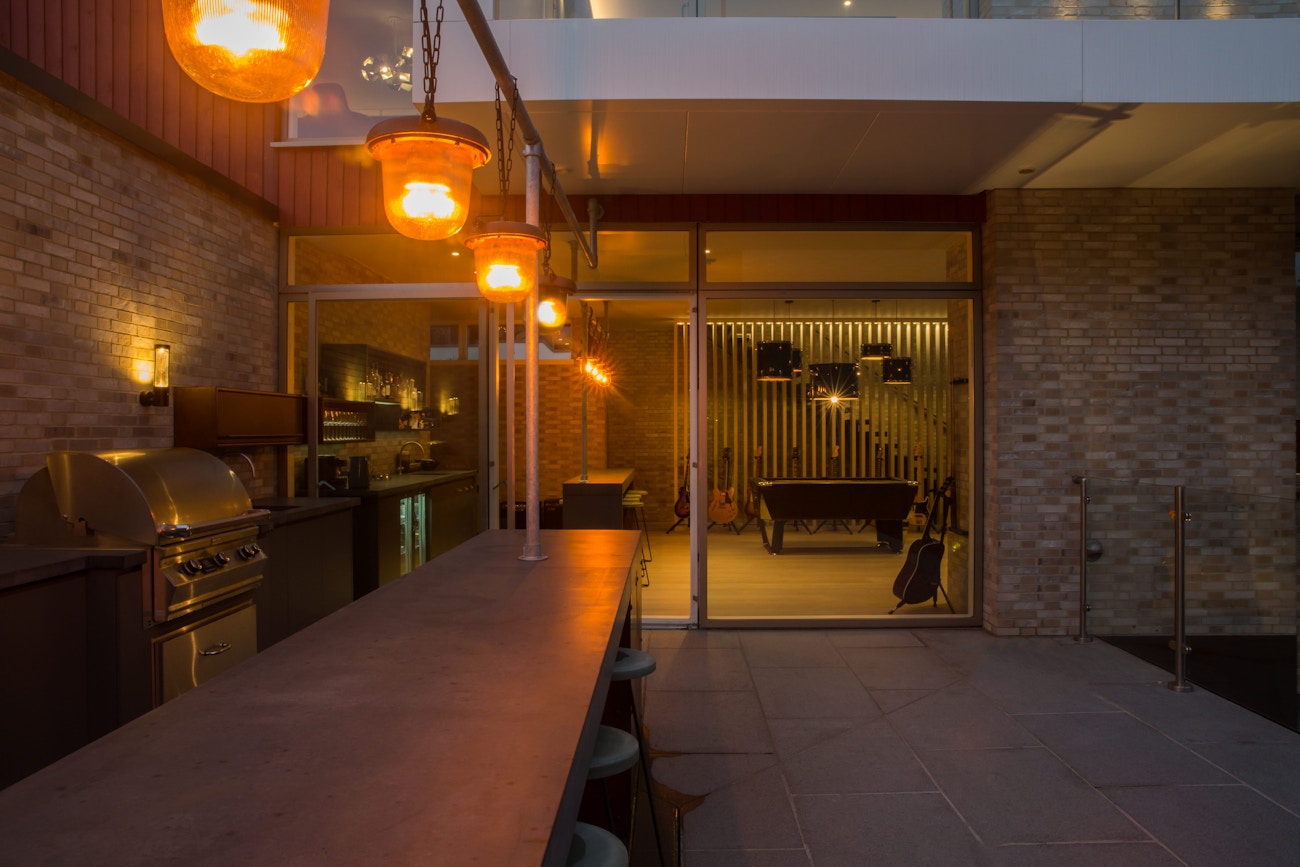You only need a few seconds to make a good impression on your guests. Hospitality lighting poses multiple challenges since it is responsible for establishing the mood, tone or atmosphere for your space. By using hospitality lighting to influence a guest on an emotional level, hotels and restaurants can establish a particular atmosphere.
Understanding how people emotionally and physically respond to lighting can assist the design process and improve a guest’s experience when they enter your space. Here are the effects that lighting design can have on the hospitality industry.
How does lighting affect our mood?
Hospitality lighting does not only provide illumination to help guests and staff see, but it has the ability to influence the individual experience too.
In a study conducted by Université de Liège in Belgium, researchers found that the colour of light influenced the way our brains process emotional stimuli. But what exactly does this mean?
For most people living in the modern world, day-to-day living entails spending the day in windowless rooms, taking in both artificial and natural lights. Of course, artificial light has improved our lives remarkably, giving us light anytime we need it if natural lighting is unavailable. But, it has also caused some confusion in our bodies.
![]()
Day time vs night time
Research showed that blue light during the day stimulated areas of the brain that control memory processing and emotional regulation. But this is not the same case as evening approaches.
A study by Ohio State University compared the psychological effects of lighting at night time by testing the colours, blue, red, and white, along with complete darkness.
This is how each coloured light performed:
- Blue light (night) - This resulted in worse mood-related effects.
- White light (night) – This resulted in worse mood-related effects.
- Red light (night) – This showed significantly less mood-related effects (compared with blue and white).
- Complete darkness - This performed the best, although this is not practical in a hospitality environment.
Whilst blue lighting was the best performer during the day, it was actually red-coloured lights that made guests feel best at night time.
Consider colour temperature
Colour temperature also affects human emotions. Typically depicted through Kelvin, the higher the colour temperature, the brighter, cooler and whiter the light will be.
Warm lights make the environment feel inviting and calmer, whereas cooler lights are stimulating and brighter.
Cooler lights make us feel more alert, focused and can even increase productivity levels. It’s been shown that blue lights during the day makes us feel more awake. Blue lights can be ideal for spaces where high concentration is needed, such as meetings rooms, kitchens and offices.
Warmer tones are associated with dusk and dawn, as these are times when the body is usually more relaxed. Indirect, warm lighting tends to make hospitality environments quieter and guests more relaxed. Warmer light tones may not be suitable for work environments, but are perfect for restaurants and rest areas due to their soothing qualities.
Using appropriate colours in your hospitality lighting can have a significant impact. Well-positioned, Colour-conscious lights will evoke positive feelings, increase customer loyalty and encourage repeat business.
Take a read of our previous blog where we explore the colour temperatures in lighting design.
How to improve the guest experience
In hospitality, especially in a hotel or restaurant setting, the focus should always be on the guests' experience.
Restaurants, in particular, stimulate multiple senses. Seeing appetising food, delicious smells, subtle background music are all part of the restaurant experience we know and love. Of course, another key element is the lighting inside the restaurant. When combined, all these factors improve the guest experience.
If customers arrive for an evening meal, the lighting should be warm, welcoming and relaxing. If customers arrive for a lunch outing in the middle of the day, bright and energised lighting would be more appropriate.
A guests' hotel room poses similar challenges. Hotels must create a “home away from home” atmosphere. Hotels need multiple sources of light within each room, such as overhead reading lights, lamps, great vanity lighting and natural window light. Another way a hotel can improve the guest experience is to integrate user-controlled dimmer lights, so the guest has full control of the level of brightness they have in their room.
![]()
Hospitality lighting design
When executed correctly, hospitality lighting can set your business apart from your competition. Ensure your guests remember you, and most importantly, enjoy their experience with you. If your business is looking to improve your customers’ experience through hospitality lighting, contact our Hampshire Light design team today to book a free design consultation.





